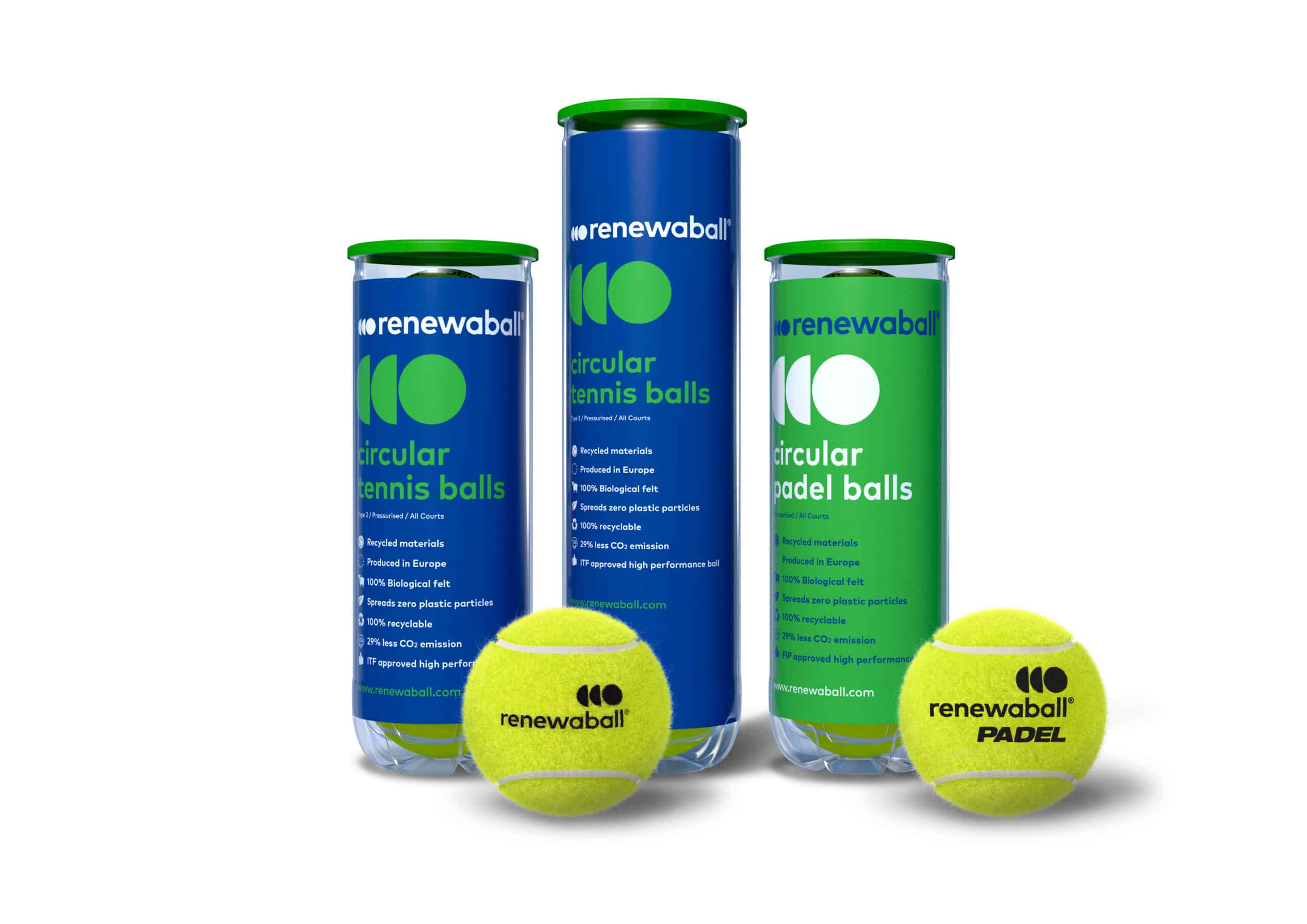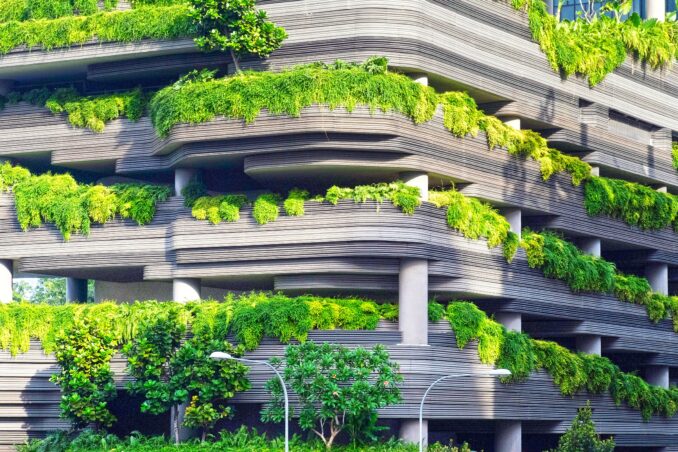
About Renewaball
- Founders: Hélène Hoogeboom, Eric Petersen & Marc Rouffaer
- Founded in: 2021
- Employees: 8
- Money raised: -
- Ultimate goal: To be the global standard for tennis and padel balls
Dutch tennis players use up 5.5 million balls each year. Only three percent of these are recycled. The rest end up in the incinerator or disappear into the environment, where the plastic and rubber gradually degrades over time. What if you reused all those old balls to make new ones? It was with this idea that Renewaball was launched last year. Within the space of one year, they have managed to grow incredibly fast. In this instalment of start-up of the day, Managing Director Hélène Hoogeboom talks to us about circular tennis and padel ball.
What is Renewaball?
At some point in time, a tennis ball becomes bald and that’s when you toss it out. A mortal shame. You could reuse it instead. We collect them from clubs all over Europe and have placed special containers specifically for that purpose. Then we separate the rubber from the felt and sell the felt to the furniture industry, among other things. We reuse the rubber to make Renewaballs. We put hunderd percent biodegradable felt on those which is made from sheep’s wool from Norway and England. Renewaball is the world’s first circular tennis and padel ball.”
How did you come up with the idea?
“Several years ago, a colleague was tasked with making the ABN AMRO tennis tournament more sustainable. We first looked at ways to make tennis shoes more sustainable. That turned out to be really difficult as there are made up of many different components. Then we looked at tennis balls. That’s how Sustainaball came about, which ABN AMRO gave to customers as a kind of promotional ball. The quality was not particularly good, we called it a camping ball. So soon the idea arose to make a tennis ball of good quality. That’s where the idea for Renewaball came from.”
What kind of problems did you run into when you started making the balls?
“We launched the company during the ABN AMRO Open in 2021. By then, requests were already pouring in, but we didn’t have any balls yet. Fortunately, we did have the actual process under control and we collect balls from all kinds of brands. Yet the rubber that is used is different for each brand. So first we had to get that mix stabilized. We managed to do that in the end. In fact, we have since won approval from the international tennis and padel federations, which means our balls are allowed to be used in official tournaments.”

You recently supplied granules made from old tennis balls to build a plastic court. How did that go?
“We collect balls from almost all over Europe. All kinds of balls are among them. We are unable to use everything for Renewaball, so we end up with some rubber left over. We therefore donated that to the construction of a sports field. ABN AMRO sponsored us by collecting all the balls. We thought this was a really nice initiative. The circle was thus complete, because the field is also in Rotterdam where the tennis tournament that started it all was held.”
Was it difficult to secure investments?
“When you are a start-up, it is sometimes hard to raise funding. Fortunately, we found investors pretty quickly because we already had a product. Another factor was that we had a good network which included these investors. Apart from that, of course, it also instills confidence when a stable sponsor like ABN AMRO backs your idea. That also made it easier to arrange financing.”
What makes your product better than what is already out there on the market?
“Our product is better for the climate and the planet no matter what. We also hear from our customers that you can smash really hard with our padel balls and play off-court with them too. Not every ball does this as well. People often only play two or three matches with one padel ball. Our padel balls last longer because we use the same felt that we use for tennis balls. This makes them more sustainable to play with.”
What is your ultimate goal?
“A regular tennis ball travels up to 80,000 kilometers to be made. The felt comes from New Zealand, then it goes to Asia and then it still has to be transported to Europe. We produce everything locally. That has got to be the future. Our ultimate goal is to make tennis and padel balls sustainable. Our ball has to become the standard for tennis and padel so that everyone will play with these “good-for-the-climate balls” instead of people using balls that end up in landfills.”


